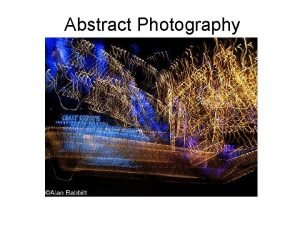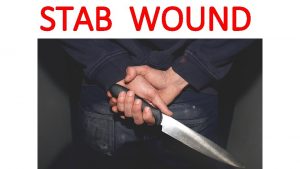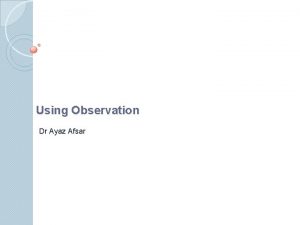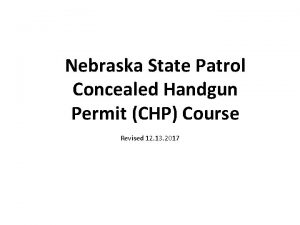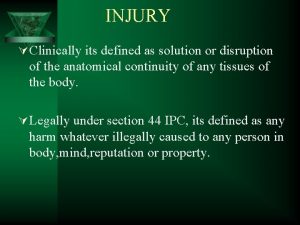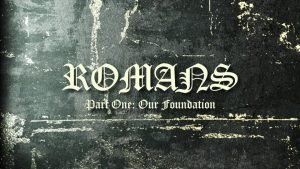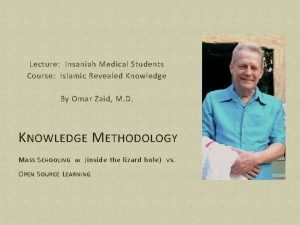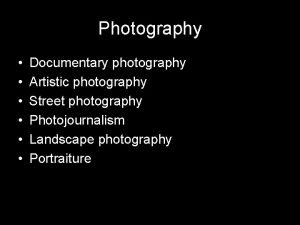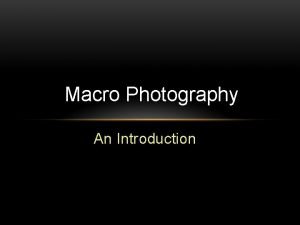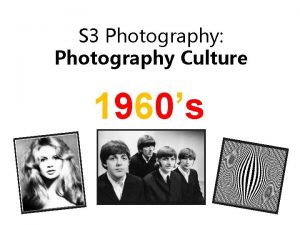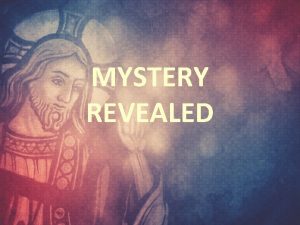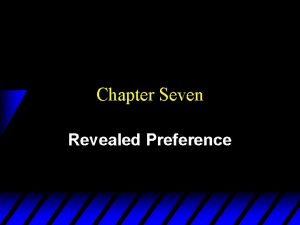Identity Concealed or Revealed The use of photography


















- Slides: 18

Identity Concealed or Revealed? The use of photography in the Victorian criminal justice system Dr Guy Woolnough School of Criminology and Sociology Keele University g. woolnough@keele. ac. uk @Guy. Woolnough

Biber “Society invests the image with meaning and power. ” The villain “is recognised, dragged into the spotlight for a moment, before disappearing again into prison” Carney: the photo applies a mark to the body that shames, humiliates and fascinates. Foucault, The important question is not what power is, but who exercises it. Kathryn Biber, ‘The Spectre of Crime: photography, law and ethics’, Phil Carney, ‘Crime, Punishment and the force of photographic spectacle’ Michel Foucault, Politics, Philosophy, Culture: interviews and other writings, 19771984,

Edward Carney, Bedford Gaol, 1865. Photographed by Governor Robert Evans Roberts The Governor has thro’ the aid of photography discovered that this prisoner was a deserter from the Royal Engineers at Chatham

Cumbria Archives, Kendal Record Office, WS Cons 10/2

Kendal Police Photo book The first entries, photos taken in Kendal Gaol, 1881.

Manchester police Photograph book (Held at Manchester Police Museum) 1870 or 1871. No date, no context, just a random photo that has come into the hands of Manchester Police

Daniell O’Neill Kendal Convicted for stealing a watch, 1893, 5 years’ penal servitude. Was it the photo that identified him, or his missing finger?

Daniell O’Neill Same photos in two police photo books Manchester Entry c 1881 “Has been convicted of theft and fraud at Glasgow, Edinburgh, Carlisle, Preston, Appleby and many other places. Has also been in a number of lunatic asylums. ”

The Habitual Criminals Register Introduced by statute in 1869 Included photos from 1871 Dennis Mc. Bride Convicted at Kendal, felony, 3 years’ penal servitude, 1892 Richard Naylor Convicted at Chester, felony, 4 months’ Penal Servitude, 1908. Convicted at Kendal, 1910, 3 months

Prison Photos H 561 Bigamy, forgery, fraud. Portland, 1881

Arthur Phillips, begging in Kendal, June 1889, 14 days’ hard labour Photo sent to Gloucester to check Arthur’s identity: was he known to the police there?

Annie Plater, age 16, theft, Kendal, February 1886, one month hard labour Why was this photo taken? Annie was born in Kendal, lived in Kendal. Stealing clothing from her place of work was her first and only recorded offence.

Charles Peace Burglar. Murderer. Executed at Leeds 20. 2. 79 From the Rochdale Police Detectives Photograph book

Henry Norton, embezzler, 1897. “Apprehended by Chief Insp Caminada at Dover”

Very few resisted the photograph being taken. Less than one percent of the photos in the Kendal book

George Edwards Mary Mulholland Pickpocket Petty theft, Whitehaven Manchester 1879 Millbank, 1880

Conclusions Photography was in the hands of the men in police stations and prisons. Development was a bottom up process. Photography achieved little in identifying individual offenders, but allowed the marking of types of persons as offenders. The photograph empowered policemen. They controlled and marked the persons whom they identified as offenders.

Bibliography Kathryn Biber, ‘The Spectre of Crime: photography, law and ethics’, Social Semiotics, (2006) 16. 1, pp 133 -49. Elizabeth Edwards, The Camera as Historian: amateur photographers and historical imagination, (2012) Duke University Press. Michel Foucault, Politics, Philosophy, Culture: interviews and other writings, 1977 -1984, ed. Lawrence Kritzman, trans. A. Sheridan, (1988) Routledge Peter Hamilton & Roger Hargreaves, The Beautiful and the Damned: the creation of identity in nineteenth century photography, (2001) Lund Humphries Carney, P. , ‘Crime, Punishment and the force of the photographic spectacle’, in Keith Hayward and Mike Presdee, Framing Crime: Cultural Criminology and the Image (2001) Richard Ireland, ‘The Felon and the Angel Copier: criminal identity and the promise of photography in Victorian England Wales’, in Louis A. Knafla, Policing and War in Europe (Criminal Justice History, v 16, 2002) Greenwood Press, Westport, Conn. , pp 5386. Jens Jager, ‘Photography: a means of surveillance? Judicial photography, 1850 -1900’ Crime, History, Society, (2001) 5. 1, pp 27 -51.
 Is abstract photography same as conceptual photography
Is abstract photography same as conceptual photography Partially concealed
Partially concealed Wound description with pictures
Wound description with pictures Partially concealed
Partially concealed What is a traffic pattern in interior design
What is a traffic pattern in interior design Nebraska state patrol concealed carry
Nebraska state patrol concealed carry Partially concealed
Partially concealed Concealed liabilities and expenses
Concealed liabilities and expenses Concealed puncture wound
Concealed puncture wound The hidden risks in emerging markets
The hidden risks in emerging markets Qualities of a good estimator in electrical engineering
Qualities of a good estimator in electrical engineering Identity map activity
Identity map activity Revealed preference theory
Revealed preference theory For the wrath of god is revealed
For the wrath of god is revealed For the wrath of god is revealed
For the wrath of god is revealed Topic vs theme
Topic vs theme Errors that affect the trial balance
Errors that affect the trial balance Revealed knowledge in education
Revealed knowledge in education Surah revealed in makkah
Surah revealed in makkah
